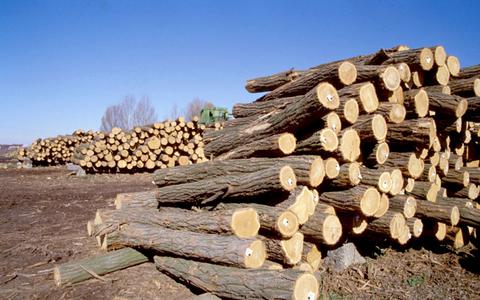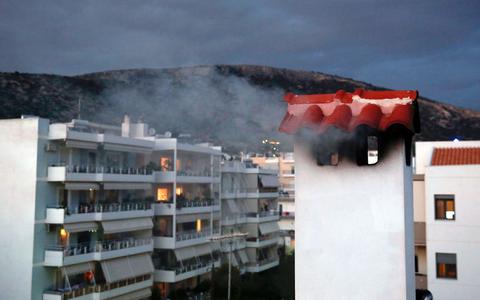Pictures: www.imerisia.gr
The death of a 13-year-old girl in Thessaloniki reminded again, in the most unpleasant way, about the deadly danger of carbon monoxide inhalation. Due to rising fuel costs, there are improvised stoves already in thousands of homes - various mechanisms, grills, oil stoves without pipes, gas stoves, etc. However, they are dangerous because of the carbon monoxide (CO) they emit.
"The tragic deaths caused by stove emissions during the last two years in Larissa and Thessaloniki should not be treated as rare events that took place in Greece, especially in remote areas," said Dimitris Hadzidakis, a chemical engineer and an expert on air pollution, emphasising that these are consequences of the policy for home heating which is focused on the economic dimension of the problem (a decrease in heating fuel smuggling, increased tax revenues, etc.), while ignoring its impact on public health. The horror of toxic poisoning is returning with domestic boilers, oil stoves without pipes and gas stoves which were forgotten until recently. But how does it affect the body?

Toxicity
"The toxic effects of CO are due to the fact that it binds strongly to haemoglobin and forms carboxy-haemoglobin, so that the body cannot absorb oxygen from the air. This is because carbon monoxide has a higher chemical proximity with haemoglobin that is 200-250 times greater compared to oxygen", explained pulmonologists.
However, the main problem with CO is that its inhalation does not cause irritation and the gas is completely odourless unlike other more toxic gases (chlorine, hydrogen sulphide, hydrogen cyanide, etc.) the strong irritating odour of which warns people to leave the room with the toxic atmosphere before the concentration reaches deadly levels. The highest risk group includes foetuses, infants, and patients with chronic cardiac or respiratory problems who are more sensitive to the effects of carbon monoxide.

The symptoms
The scientific community warns again about the danger, since carbon monoxide is a powerful and, more importantly, odourless poison which is not visible in the air like smoke. Inhalation initially causes dizziness, headache, and weakness and subsequently, as a result, even if the person realises that something terrible is happening, he or she cannot react and this eventually leads to loss of consciousness and coma. The main symptom is the dark red colour of the victim, which is visible on the face.

... and prevention
As experts say, if fuel heaters such as charcoal-pans, gas stoves and similar ones are used, they must be of good quality and the room should have constant ventilation. At the same time, it is essential that a qualified technician takes care of the maintenance of heating systems that run on oil or natural gas. If the flame of the gas is yellow instead of blue, this may be a warning sign of a problem and carbon monoxide could be leaking. Sleeping in a room with a working gas or oil stove is expressly forbidden. We should never make compromises when using devices that can emit carbon monoxide. Carbon monoxide from exhaust gas can reach dangerously high concentrations very quickly.

A smog “bomb” in urban centres
It is generally accepted that the "smog" phenomenon was unprecedented last winter. As noted by Dimitris Hatzidakis, tax increases on heating oils and transport made home heating fuel unaffordable for many people, which makes many of them resort to fireplaces, wood stoves and charcoal-pans. They are seemingly cheaper, but pollute the air much more (over 100 times) compared to oil and natural gas stoves. The burning of inappropriate fossil fuels (melamine, or painted wood) in these stoves is dangerous to public health in the long run, mainly because of emissions of particulate matter (especially in densely populated urban centres) and directly - because of carbon monoxide, in cases where charcoal-pans (and not only) are used in a confined space without ventilation.
Since the "flag" of government policy, aid for household heating, affects a limited part of the population, it can be expected that solid fuels for domestic heating will be widely used this winter and there will be a strong presence of smog in the air in urban centres in the country, which will undermine the health of vulnerable groups (children, elderly people, etc.). The repetition of last winter’s situation can no longer be attributed to ignorance or surprise, and it is still mainly a public health issue. Both the country's constitution and the Treaty establishing the EU talk about preventive health care. But is there someone responsible that takes care?